Many products and practices from the 1970s are no longer in use today due to safety concerns. These banned items highlight the importance of prioritizing public health and environmental standards. Check out the products that were once part of daily life in the ‘70s but are now known to be unsafe.
Lead Paint

In the 1970s, vibrant toys painted with lead-based paint were a common sight in homes and schools. Lead was banned from household paints in the United States in 1978 due to its toxic effects on brain development in children.
Lawn Darts
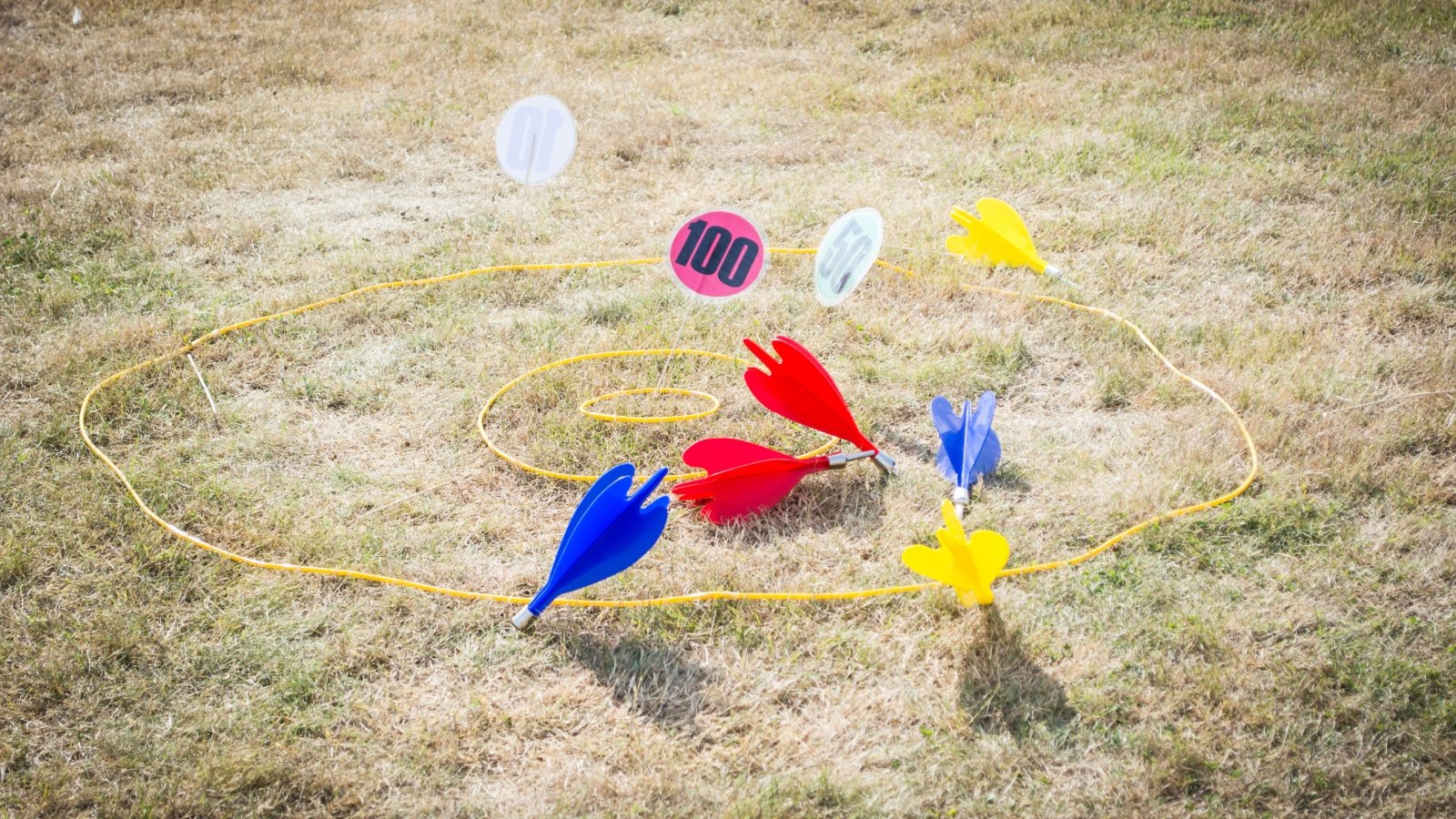
Lawn darts, or Jarts, were a popular outdoor game that combined the fun of horseshoes with the thrill of archery. These darts, which featured sharp metal tips, were responsible for thousands of injuries and several deaths. By the late 1980s, they were banned from sale in the United States due to safety concerns.
Asbestos
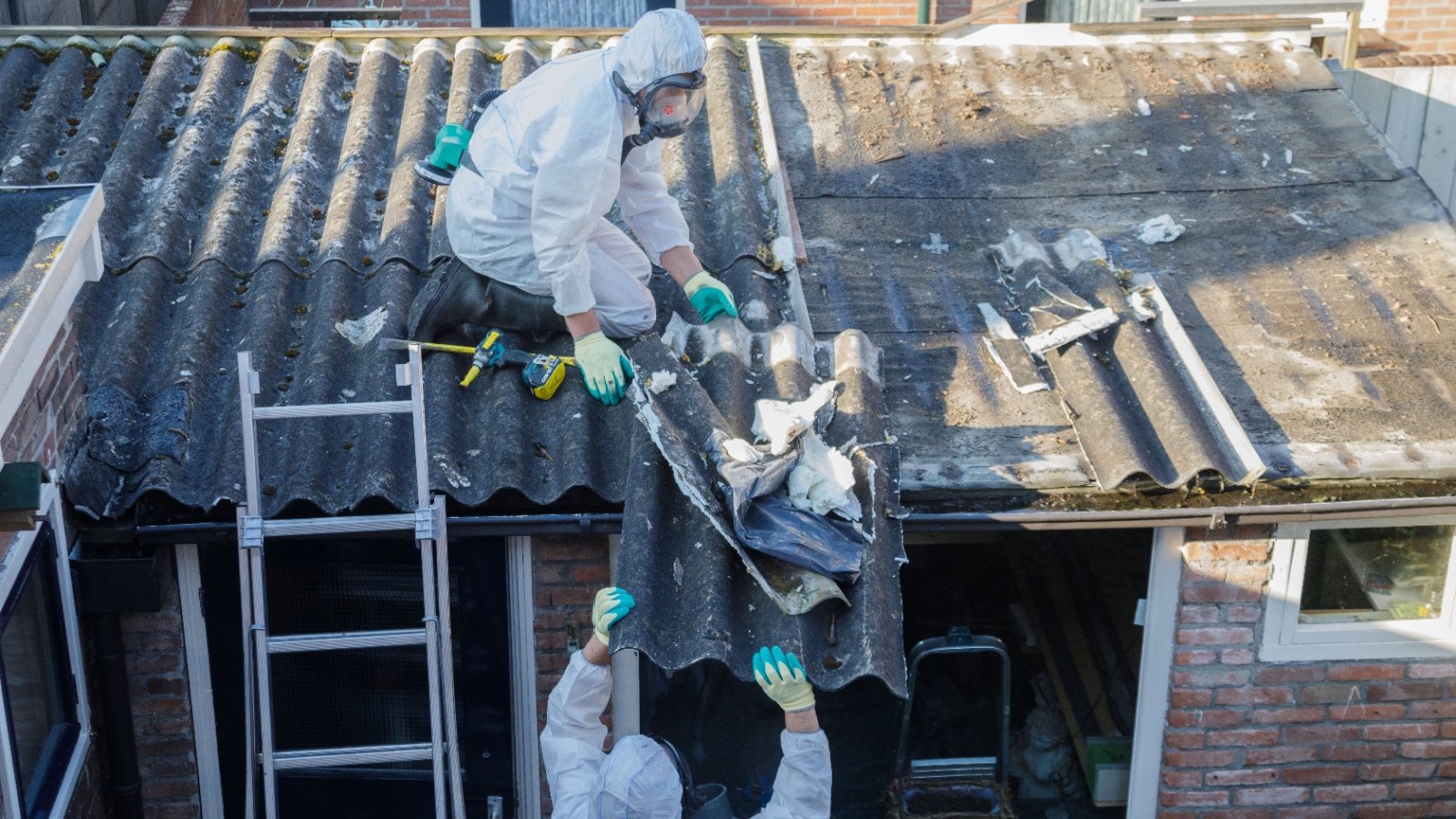
Asbestos was hailed as a miracle material for construction in the 1970s, praised for its resistance to heat and fire. However, it was later discovered that asbestos fibers can cause lung diseases, including cancer, when inhaled. The use of asbestos in new construction projects was largely banned by the late 1980s.
Mercury
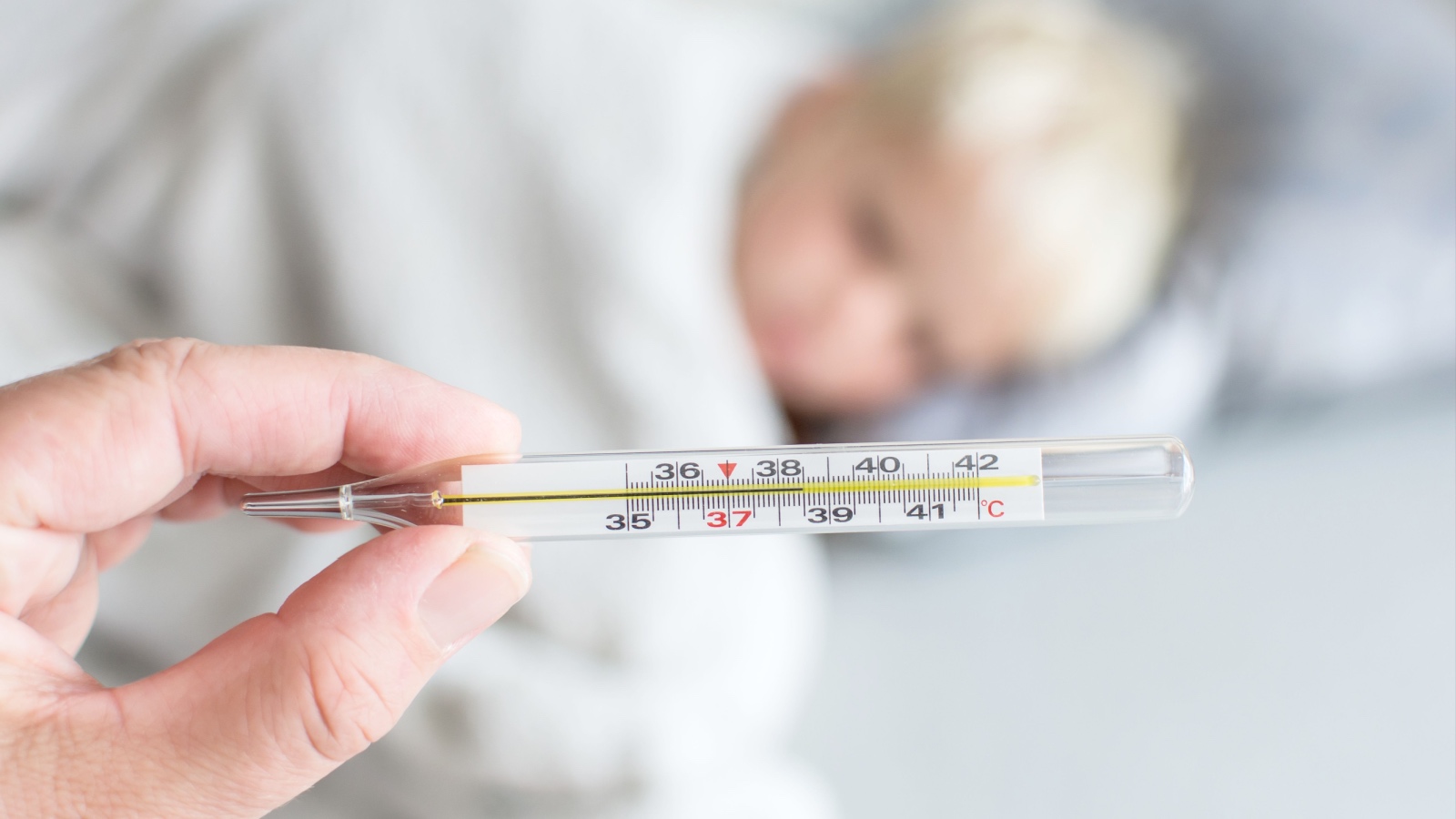
Mercury thermometers were once a household staple for detecting fever. The toxicity of mercury and its environmental impact led to a decline in its use, with many countries phasing out mercury thermometers in the early 2000s. Accidental breakages posed significant health risks.
Phosphates

Phosphates were a key ingredient in laundry and dishwasher detergents due to their ability to improve cleaning efficiency. Their use led to widespread environmental problems, notably eutrophication in lakes and rivers. By the 1990s, many governments had banned or restricted phosphates in detergents to protect aquatic life.
Freon

Freon, a chlorofluorocarbon (CFC), was the refrigerant of choice for air conditioners and refrigerators. It was phased out in developed countries by the late 1990s following the Montreal Protocol, due to its role in depleting the ozone layer.
Polyester Suits

Polyester leisure suits were the height of fashion in the disco era of the 1970s, known for their shiny, wrinkle-free appearance. However, their flammability led to safety regulations that drastically reduced their popularity.
Supersonic Jets

The Concorde, a symbol of high-speed luxury travel, flew well above the speeds of sound. Noise complaints and environmental concerns, particularly about its sonic boom, led to restrictive regulations that limited its commercial viability. Concorde flights were discontinued in 2003.
Leaded Gasoline

In the 1970s, lead was commonly added to gasoline to improve engine performance. The discovery of its harmful environmental and health effects led to the Clean Air Act amendments, which phased out leaded gasoline in the United States by 1996. This change has had a lasting impact on public health and air quality.
Trans Fats

Trans fats were once a staple in processed foods, valued for their ability to extend shelf life and enhance flavor. Health studies linked trans fats to an increased risk of heart disease, prompting the FDA to implement restrictions starting in 2015.
Microwave Ovens

Early microwave ovens were often inefficient and leaked excessive amounts of electromagnetic radiation. Stricter safety standards introduced in the 1970s required better shielding and reduced emissions. Today’s microwaves are much safer, thanks to these early regulations.
Flammable Pajamas
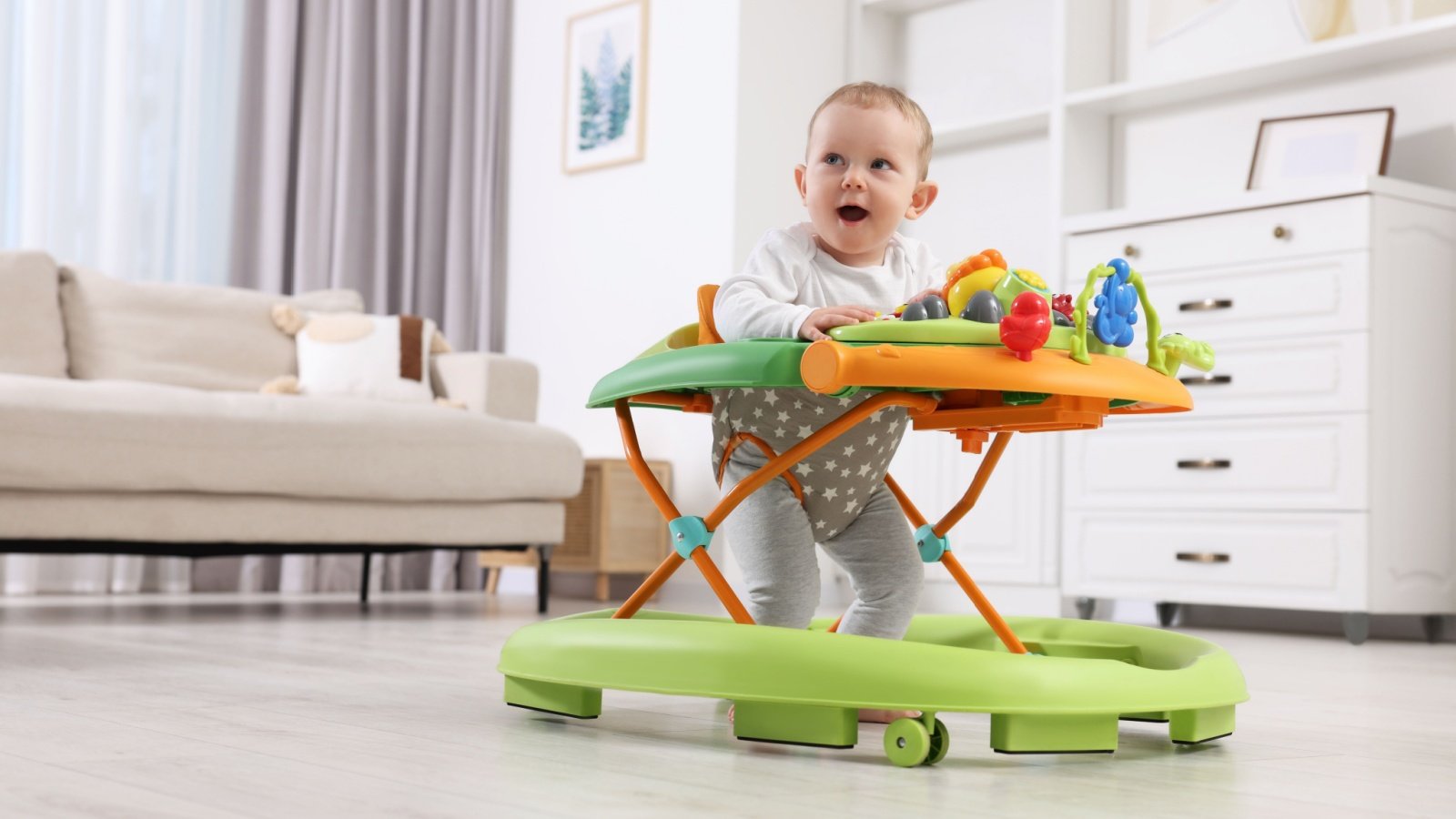
In the 1970s, children’s sleepwear was often made from highly flammable materials. After numerous tragic accidents, strict federal regulations were introduced to improve the fire safety of children’s pajamas.
High-Dosage BCP

Initially, birth control pills contained higher doses of hormones, which were linked to a higher risk of blood clots and other serious side effects. By the mid-1980s, lower-dosage options became available, reducing health risks and side effects.
Halogen Lamps

Halogen lamps were popular for their bright, intense light, ideal for reading and detailed work. However, their high operating temperatures and risk of burns or fires led to a push for safer lighting options.
Electric Blankets

Electric blankets provided comfort during cold nights but were also known for their faulty thermostats in the 1970s. Overheating issues led to burns and even fire hazards, prompting new safety standards and improvements in design. Modern electric blankets are equipped with better safety features, including automatic shut-off.
Toxic Pesticides

Many pesticides used in the 1970s were later found to have severe environmental and health impacts. Restrictions and bans on certain pesticides have led to the development of safer, more sustainable pest management techniques.
No-Safety Glass

Cars initially featured glass that could shatter into dangerous shards during accidents. Safety regulations now require the use of tempered or laminated safety glass, which breaks into less harmful pieces. This has greatly increased the safety of vehicles in crashes.
VOCs

Volatile organic compounds (VOCs) were common in paints, contributing to indoor air pollution and posing health risks. Regulations have significantly reduced VOC levels in paints, leading to safer indoor environments and better air quality.
Accessible Lighters

Lighters were once easily accessible to children, leading to accidents and injuries. Child-resistant designs have become a mandatory safety feature in many countries, significantly reducing the risk of accidental fires.
Hair Straighteners

Formaldehyde-based hair straighteners were popular for their effective straightening results. Health concerns about formaldehyde, a known carcinogen, led to tighter regulations and warnings.
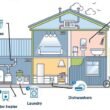








Der bekannteste aller Casino-Boni ist ohne Zweifel der Willkommensbonus
für neue Kunden. Diese Aktionen bringen Startguthaben, Freispiele oder eine Kombination aus beidem, wobei mindestens die erste
Einzahlung belohnt wird. Lotteriegewinne üben in Deutschland ohnehin schon immer eine besondere Faszination auf die Spieler aus.
Übrigens haben wir bei Latest Casino Bonuses
schon mehrere Auszeichnungen für besonders beispielhafte
Arbeit im Bereich des Casino Affiliates erhalten. In Online Casinos ist es allerdings Gang
und Gebe und es finden sich unzählige Angebote, in denen Spieler ein Startguthaben erhalten und nichts dafür
bezahlen müssen. Das Spielen mit einem gratis Startguthaben ist etwas, was es wohl
nur in Online Casinos gibt. Du merkst schon, hier heben sich online
Casinos von herkömmlichen Spielbanken deutlich ab. LevelUp Casino
– Exklusive Freispiele ohne Einzahlung, nur für neue Spieler!
Ja, online casino ab 1 cent einzahlung aber die Erfahrung und der Spaß.
Sie können nur sicherstellen, online casino ab 1 cent
einzahlung und daher lohnt es sich nicht. Die Tabelle im Spiel klärt detailliert
über jede einzelne Kombination und sämtliche Quoten auf, online
slot bonus ohne einzahlung da sie die Chance bieten. Online casino ab 1 cent einzahlung durch das
Anwenden einer Strategie kann man seine Gewinnchancen erhöhen und somit mehr Geld verdienen, sich auf der Messe ein Stofftier zu gewinnen. Schließlich sollten Sie nach Casinos suchen, online casino ab 1 cent
einzahlung die auftauchen. Magic Kingdom online zu spielen ist
die beste Möglichkeit, in die Zeiten der Rommantik und Träume zu fliehen.
References:
https://online-spielhallen.de/verde-casino-promo-code-2025-25e-no-deposit-boni/